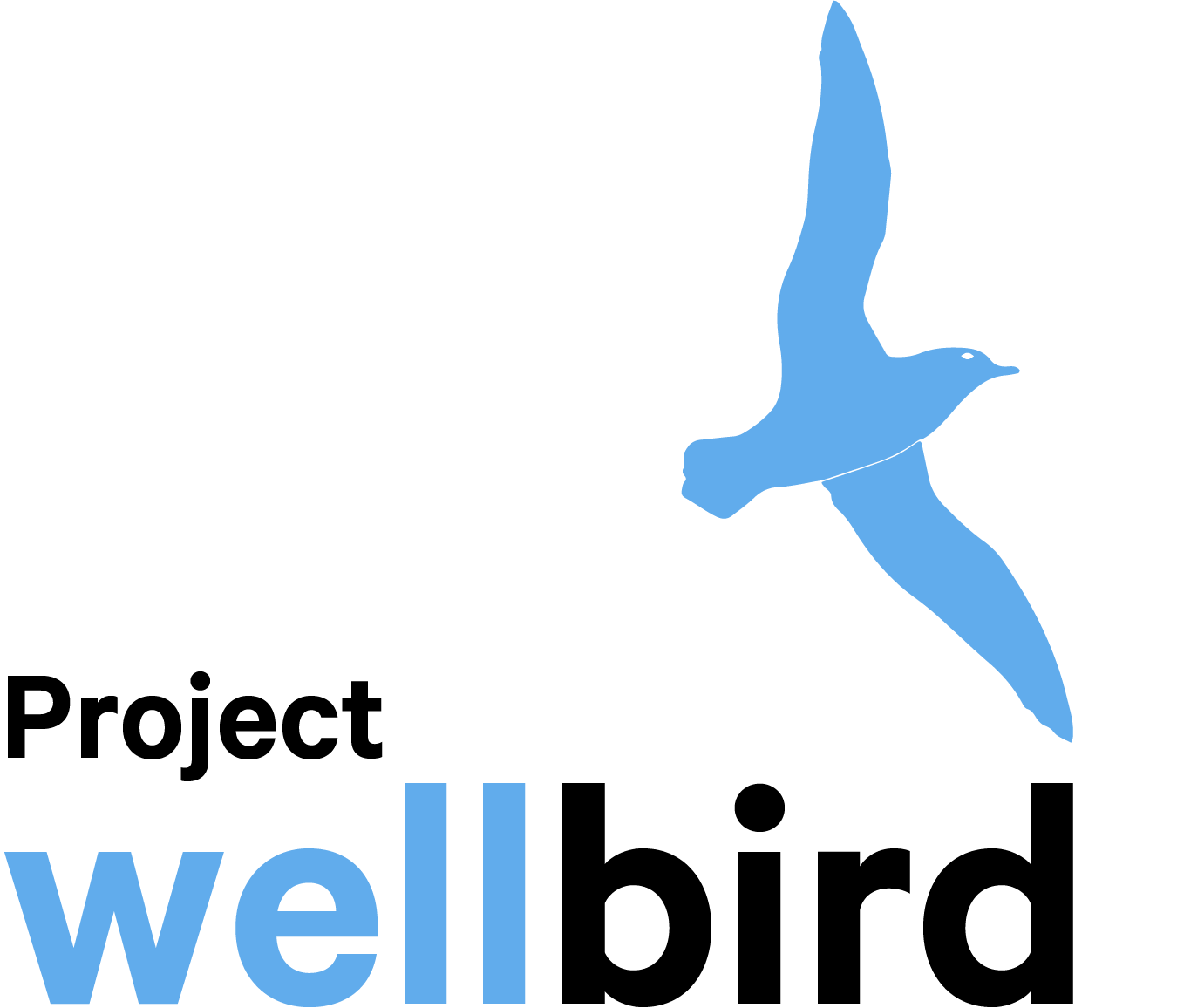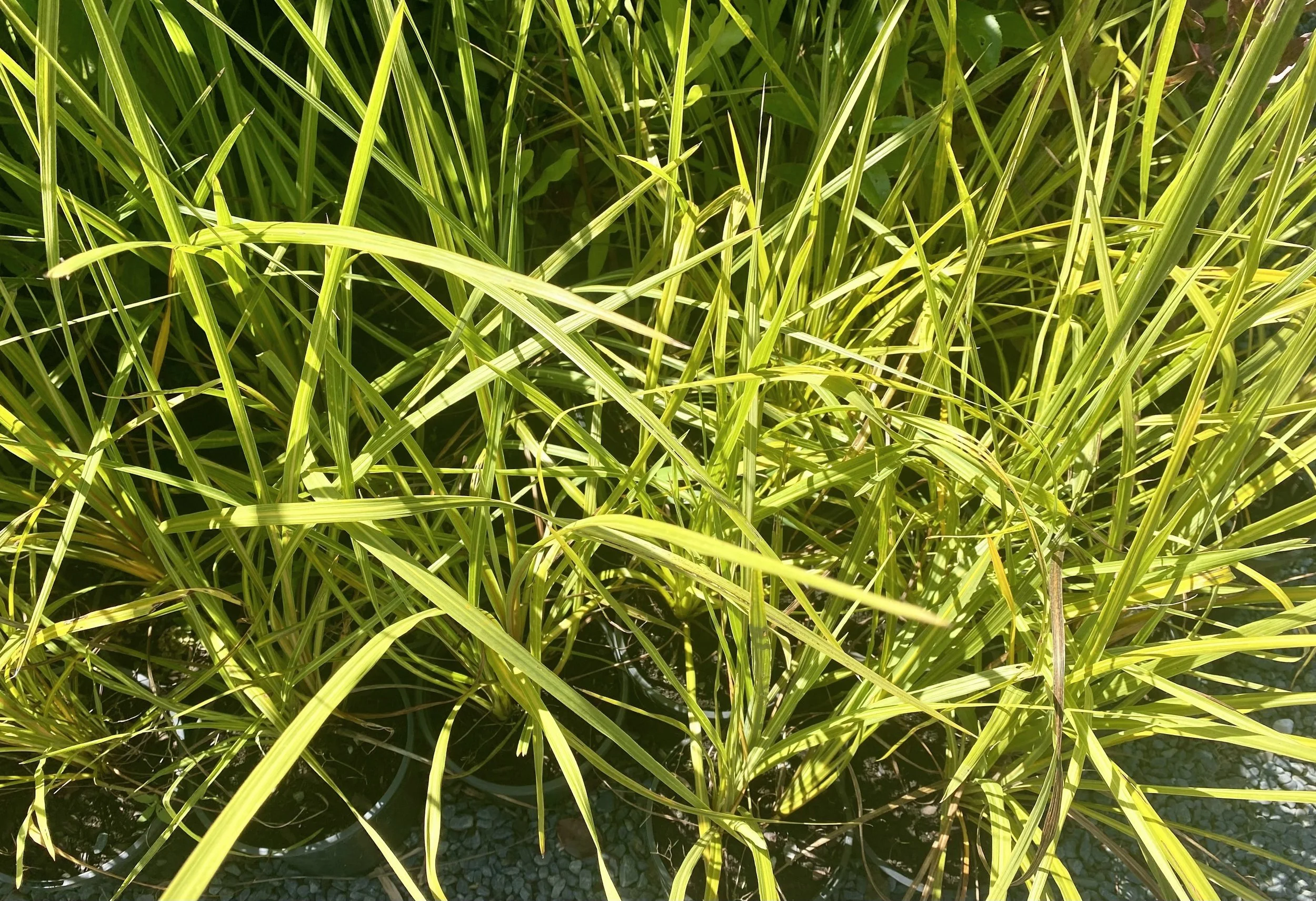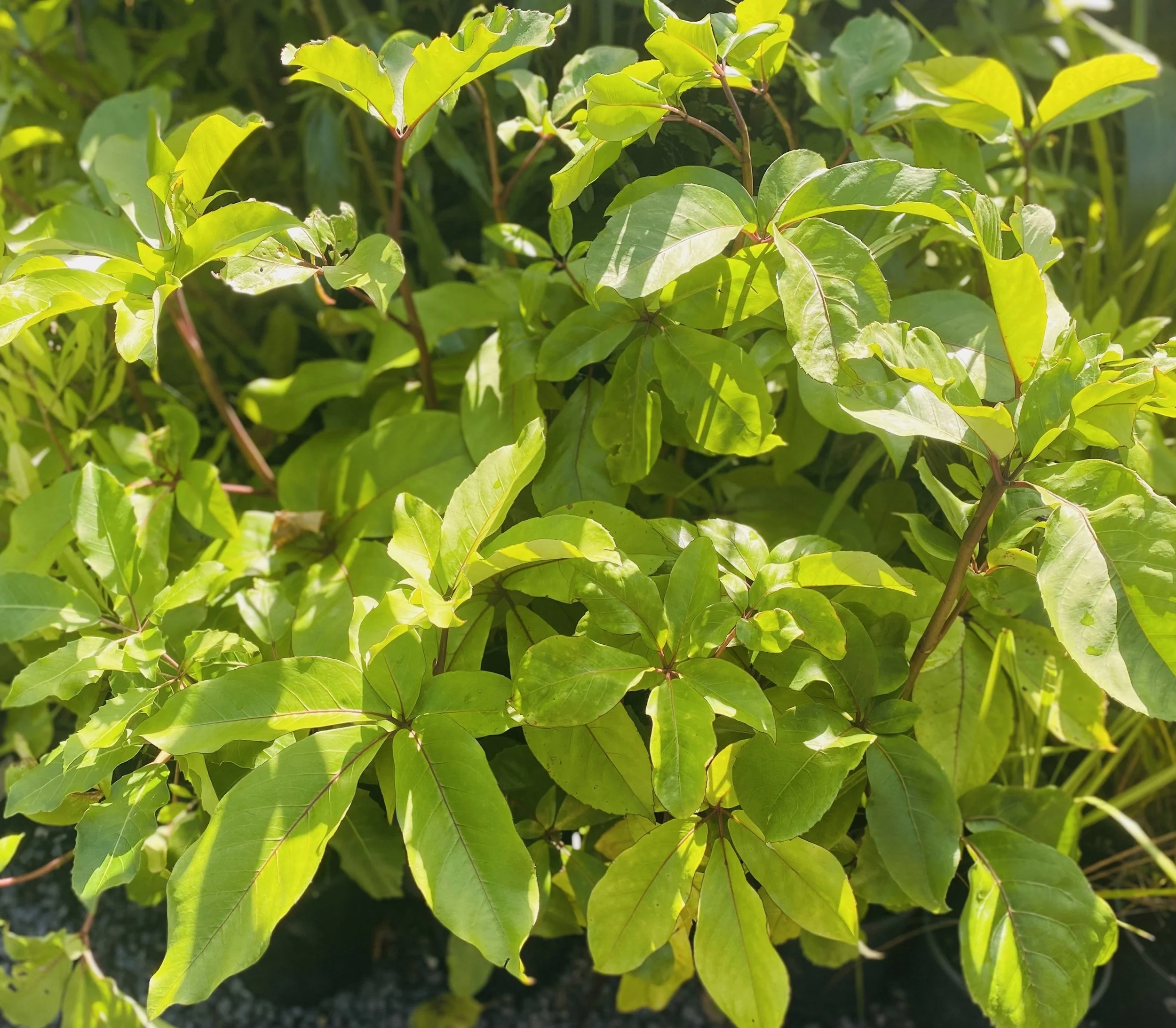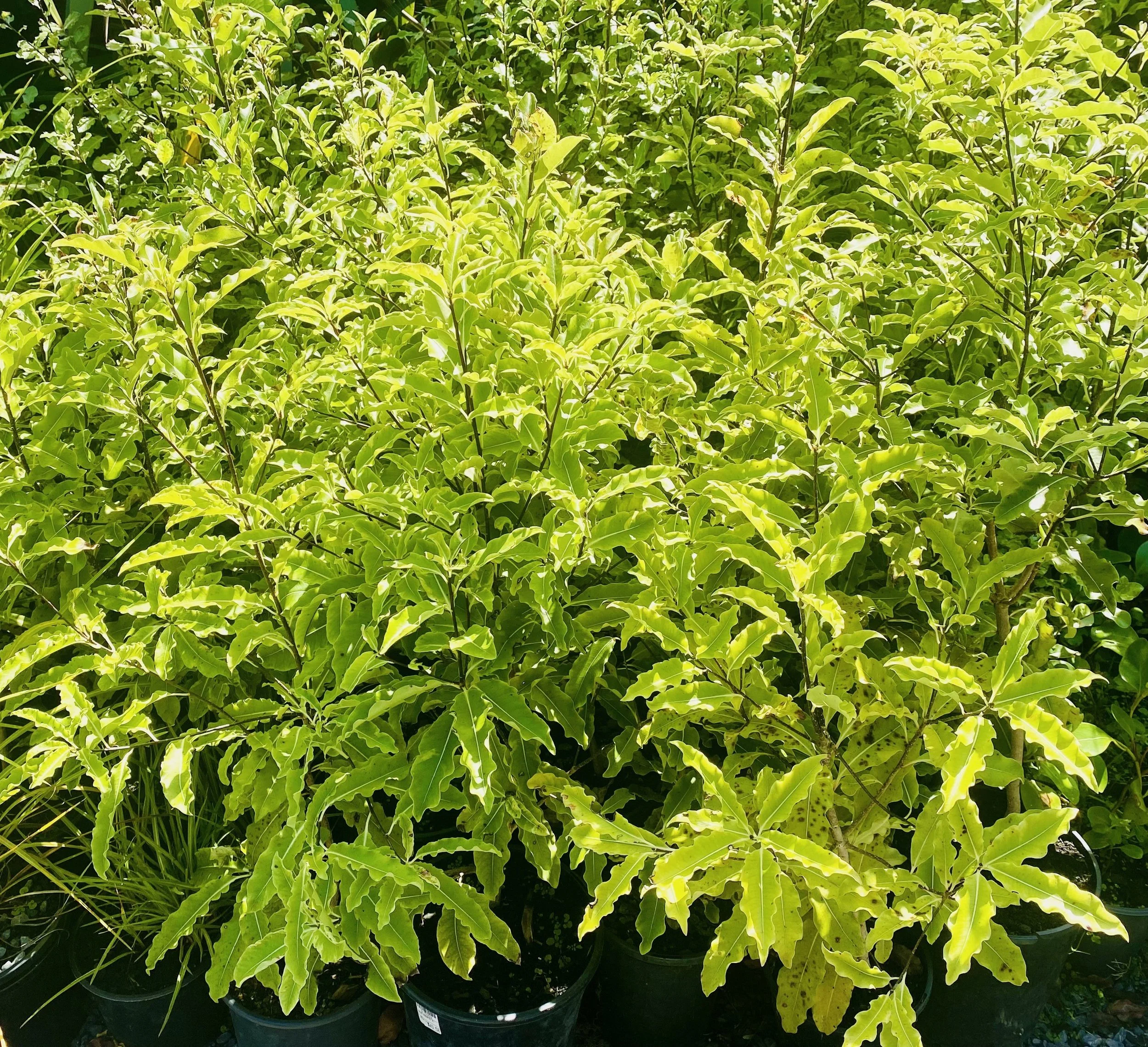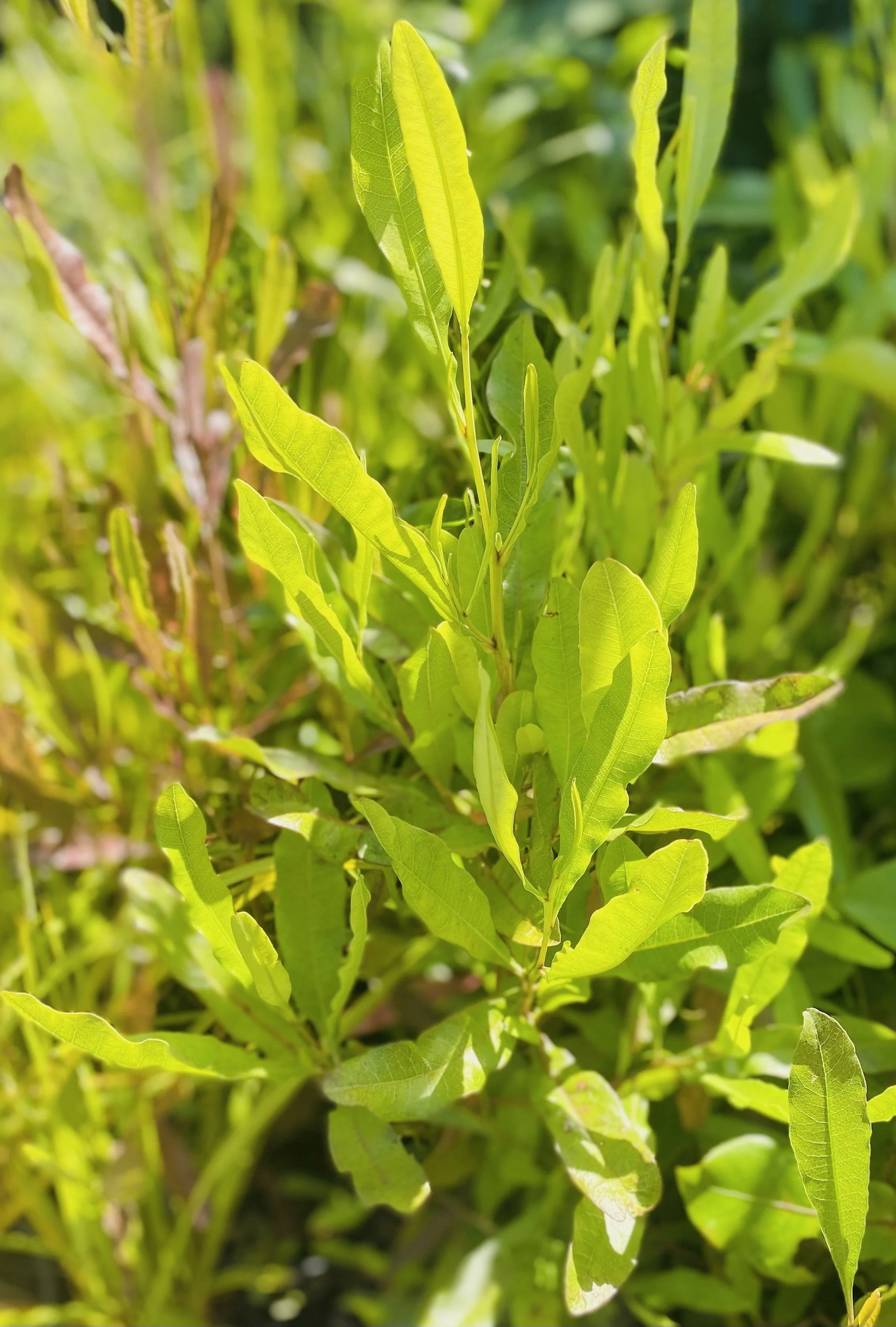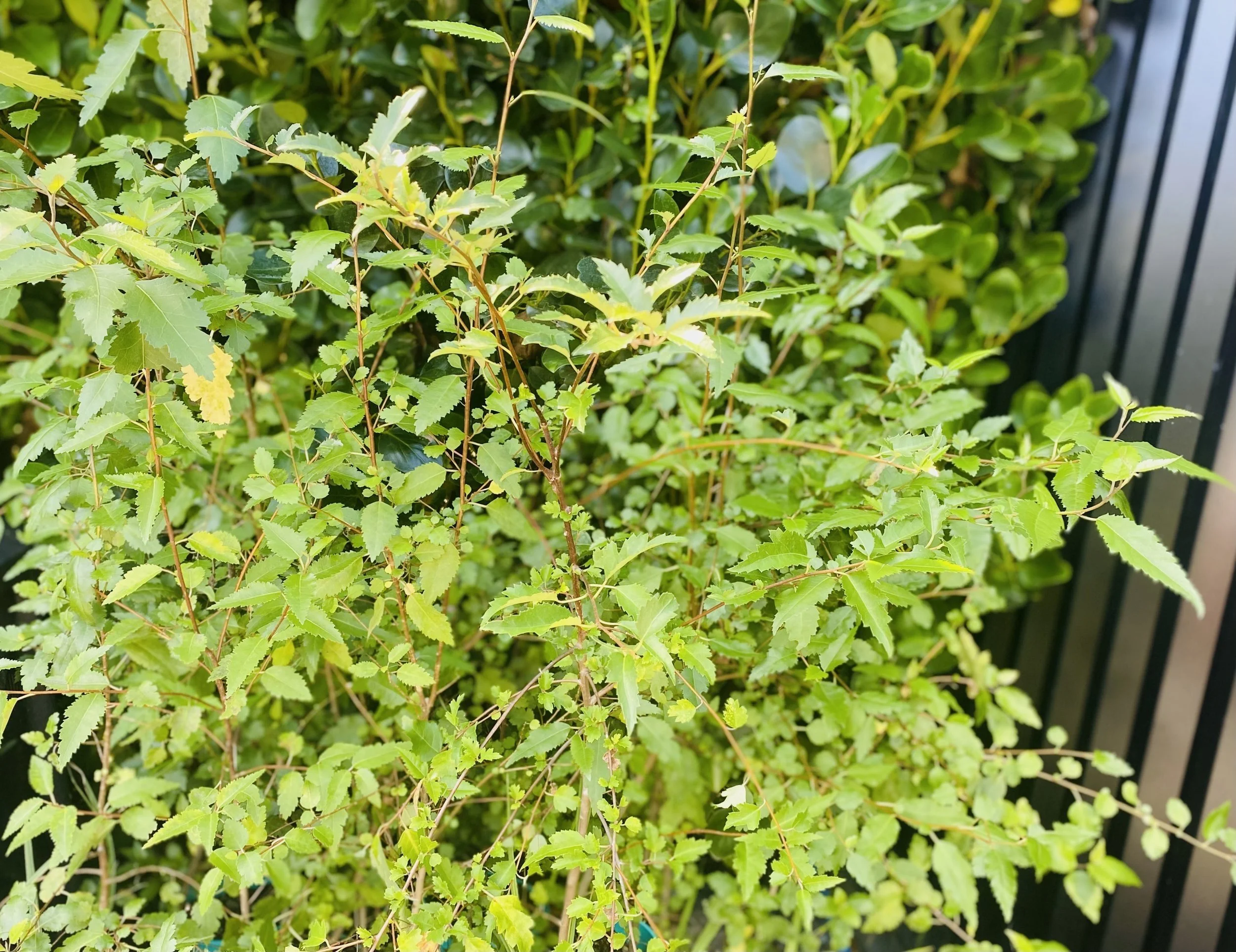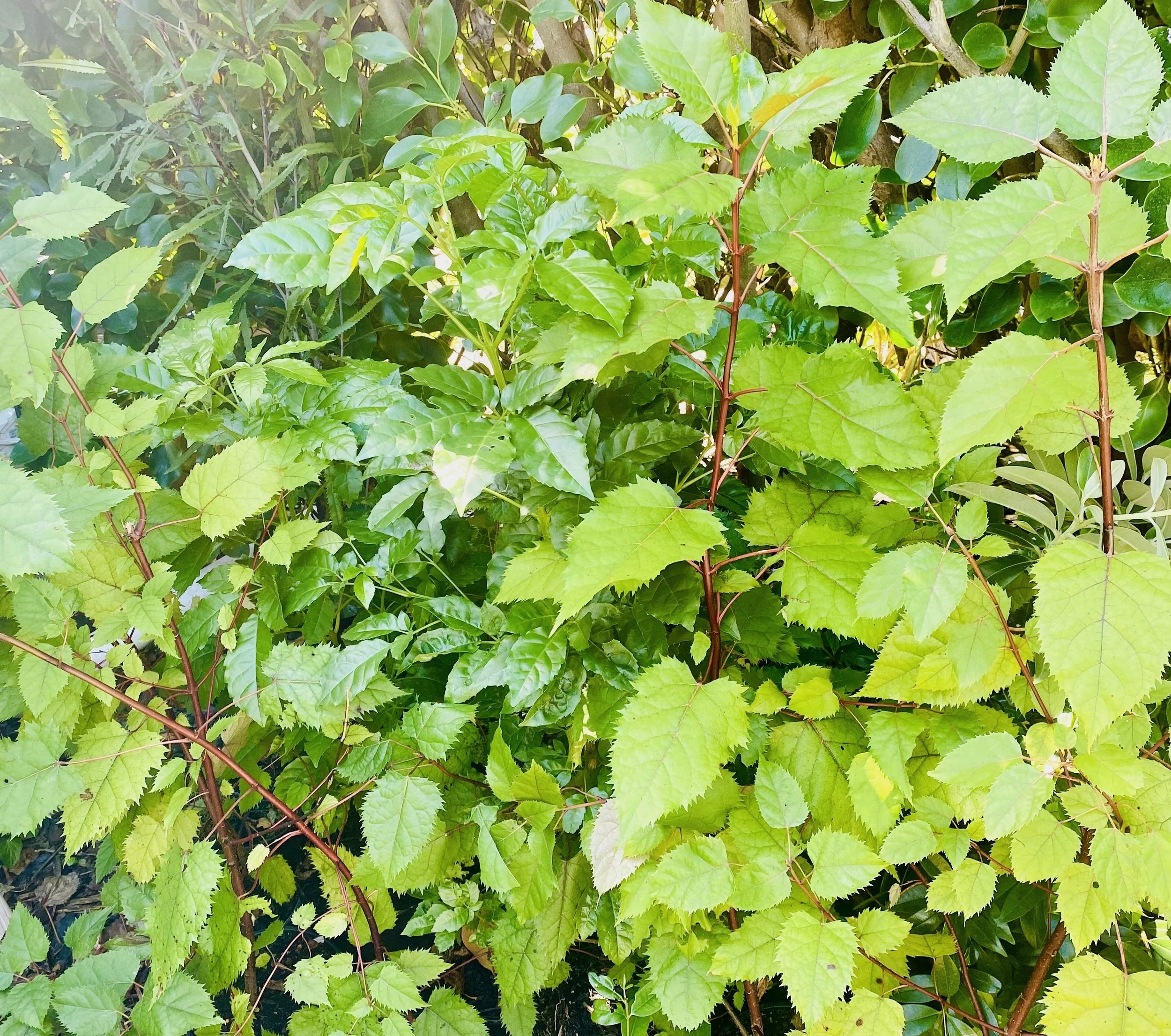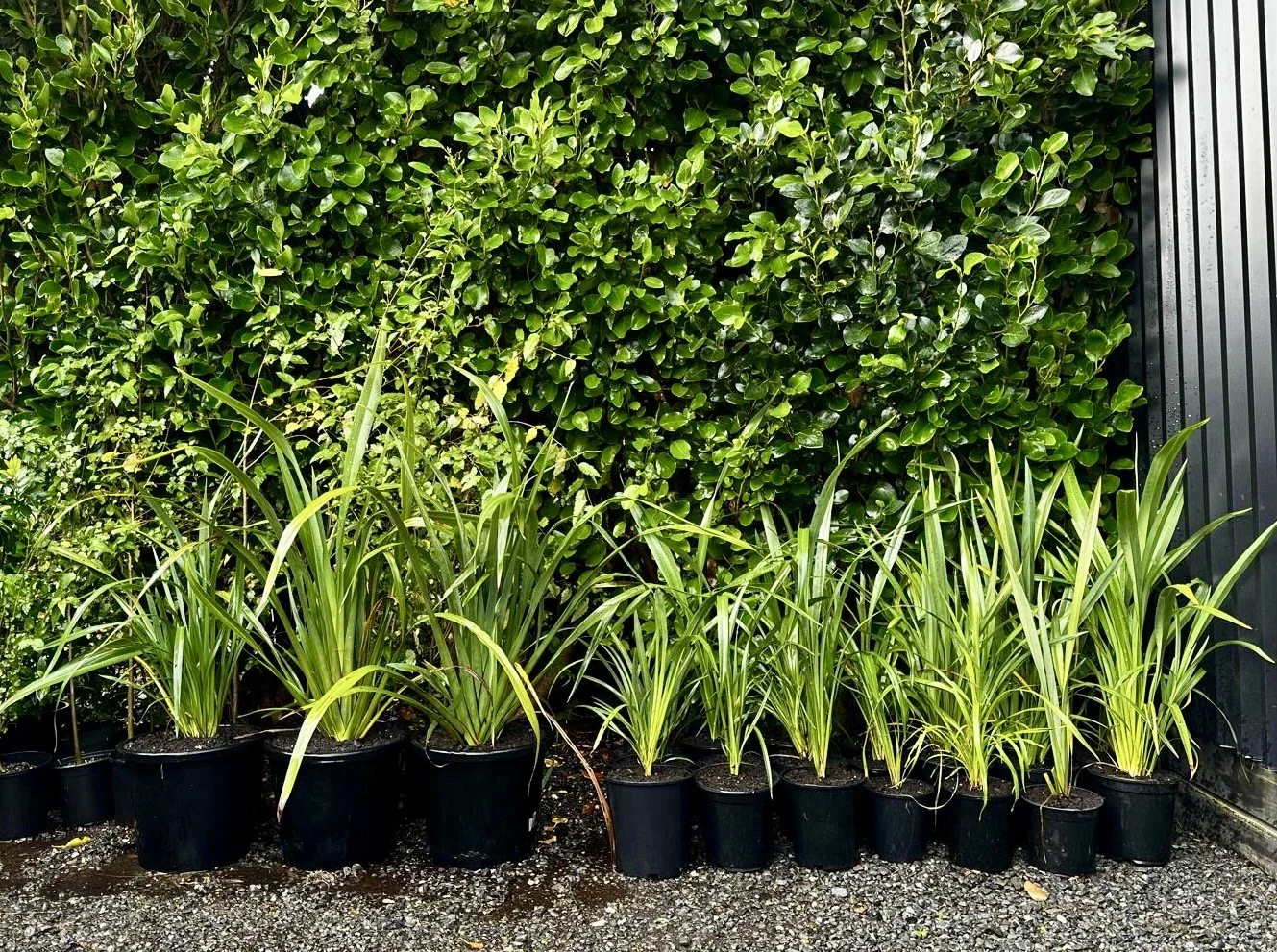
Project Greenspace
Native Plant Nursery
Hundreds of specimens are grown annually from seeds and seedlings to utilise in habitat restoration. Natives are grown by Sabrina Luecht (Trustee), Susi Luecht, and Ben Foster (Trustee), to aid in the restoration of coastal ecosystems.
Species include: Flax/Harakeke, Five Finger/Puahou, Cabbage Tree/Tī kōuka Kanuka, Manuka, Pohutukawa, Pūriri, Ngaio, Rimu, Kahikatea, Totara, Kowhai, Pittosporum/Kōhūhū, Lemonwood/Tarata, Ake Ake, Wineberry/Makomako, Lancewood/Horoeka, Ribbonwood/Mānatu, Lacebark/Houhere, Kawakawa, Coprosma/Taupata, Muehlenbeckia/Pōhuehue, Hebe/Koromiko, and Carex/Pūrei.
The aim of Project Greenspace is to aid native plant regeneration by assisting the recolonisation of species to re-establish vulnerable sites with remnant vegetation, providing critical breeding habitat.
Producing an extensive variety of high quality specimens, means not only are plants readily accessible for projects at any given time, but also results in a significant cost reduction in seeking project funding, by utilising plants at hand.
Habitat Restoration
The planting of natives to provide coastal breeding habitat is one of the Trust's strategies in facilitating positive conservation outcomes.
Native plants such as flaxes, cabbage trees, broadleaf, ngaio, and Coprosma species are ideal for penguin habitat restoration, and assist in improving overall ecosystem health. Native plants provide shelter, nesting material, nest sites, and enhance habitat for coastal wildlife. Providing visual cover and breeding habitat on shore is critical in facilitating a safe suitable environment for threatened species. Managed reserves which act as safe zones aim to reverse population decline.
Flax is considered an excellent cover plant to establish on open sites, both for immediate shelter for wildlife and for sheltering other plants. Any native planting initiatives require ongoing maintenance to be successful.
The benefits of native planting are multifold, enabling ecosystem enhancement, erosion control, carbon sequestration, and community engagement. Projects involving locals and the community foster a sense of guardianship and responsibility for habitat protection.
